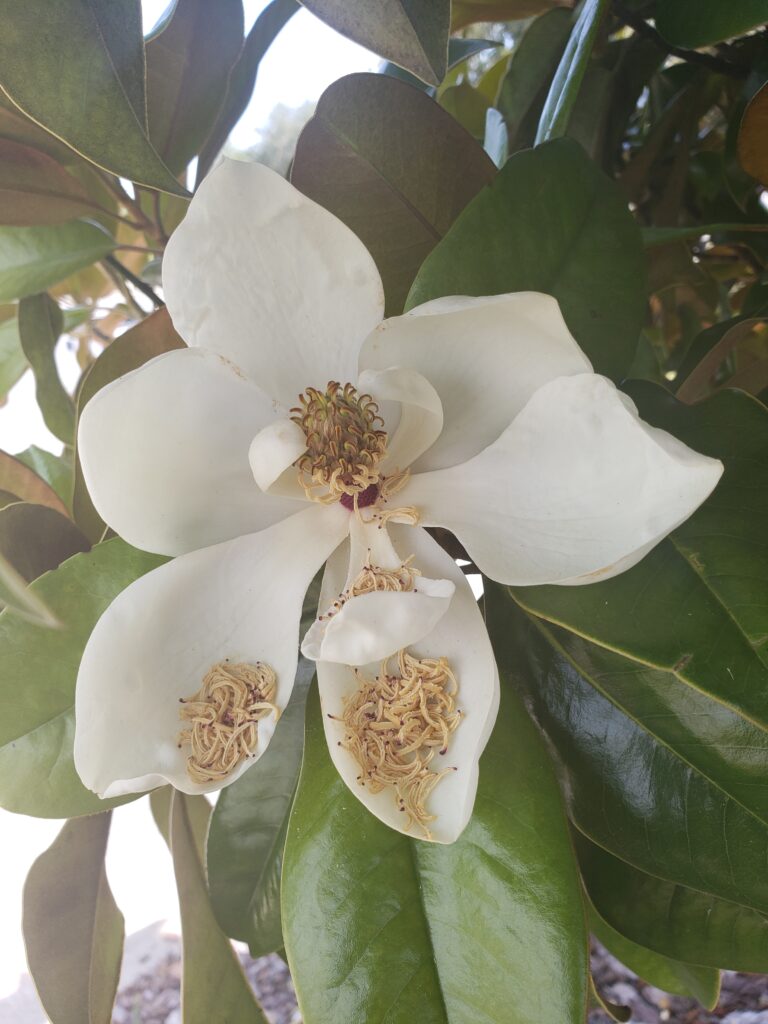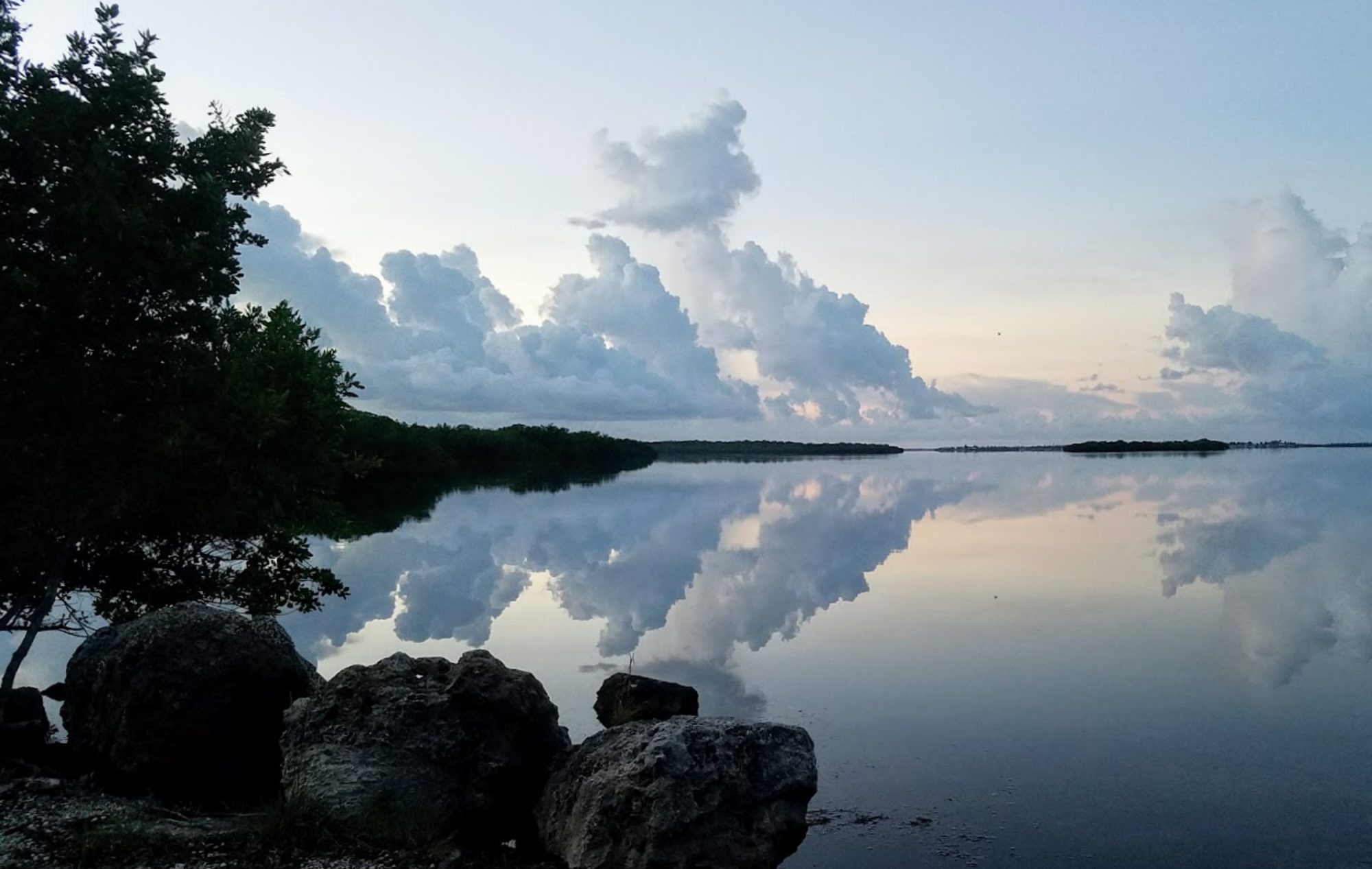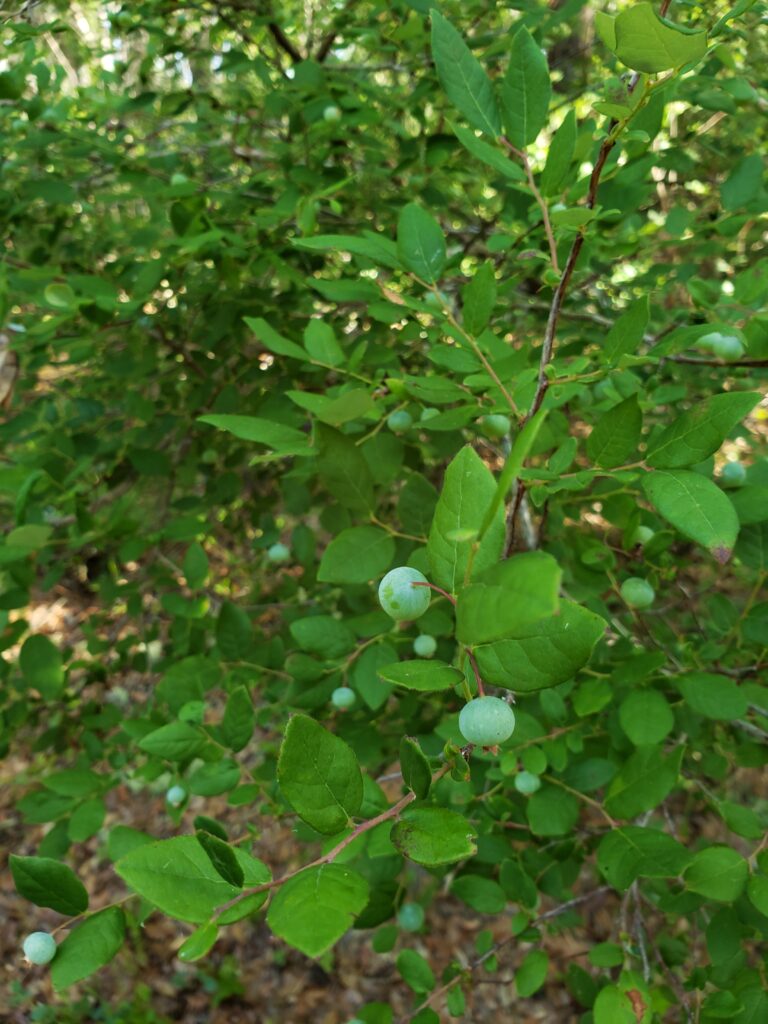
WWW – 6.24.2020


Exceptional Adventures in Paradise

Sabal Bluff Preserve is a nice surprise, tucked in between two communities of manufactured homes and with a lovely trail along Lake Griffin. A property of the Lake County Water Authority, the 55-acre preserve is located at 2582 Lakeside Dr, Leesburg, FL 34788-8260.
Continue reading “Sabal Bluff Preserve”
When you’re in remote and wild areas, the right equipment can be the difference between a day of jubilant discovery and miserable slogging with wet feet and welts from biting insects. I was exposed to two new pieces of gear on this trip and I want to quickly mention them. Neither is necessary on every outing, and yet they could really save the day under the right conditions.
Continue reading “New Equipment”
On a recent trip to the Apalachicola National Forest, my friend Sharol and I were determined to find blooming pitcher plants. These carnivorous beauties are part of what make the panhandle region of our state special, and the 2020 spring bloom did not disappoint! The pitcher plants are the showiest of the carnivorous plants, and sport specialized leaves with tubular throats into which insects wander to their doom. The bog environment where the plants thrive is surprisingly poor in nutrients, so these plants have become carnivorous to supplement their diet.
Sharol’s photographer friend gave us directions to the general vicinity of some blooming plants, and on our first afternoon we drove north on SR 65. I’ll give you the same directions we were given . . . just look on the roadsides north of Sumatra. It sounds vague, but it was enough to get us where we needed to be! Once you see the first few plants, the next ones are easier to find. I saw one pitcher within 10 feet of the road, then a cluster of three just a bit farther back. Then suddenly it was as if they were EVERYWHERE!
Continue reading “Carnivorous Plants in the Florida Panhandle”
On my recent trip to visit pitcher plants in the Apalachicola State Forest, I took a side trip into Tate’s Hell State Forest. Here, we visited Cash Creek and the Kendrick Boardwalk. Each of these sites is easily accessible by vehicle. The drive to Kendrick Boardwalk was long and dusty, and I would not have attempted it if the road was wet. Getting stuck in this place would not be a good idea, and AAA may not have been up to rescuing us!
The Kendrick Boardwalk overlooks a bowl-shaped depression where the cypress trees do not exceed 20′ in height. These cypress trees are genetically the same as bald cypress trees that often grow up to 100′, but in this area of Tate’s Hell, they are stunted. No one seems to know why. I suspect it must have to do with available nutrients, but have no science to back that up.
In doing some very quick research for this post, I’ve been trying to find out if there is a specific variety of dwarf cypress. The dwarf cypress trees at Lake Norris in Eustis, Florida, look nothing like the trees in Tate’s Hell. Of course, the Eustis trees are growing in a lake, and the Tate’s Hell trees are in what is a bog at best. These stunted trees may be a separate variety of cypress, or they may be bald cypress. It’s up for discussion.
To reach this boardwalk, turn north into Tate’s Hell from SR 65 in Eastpoint. Signs will direct you to the High Bluff Tract. Watch for the Cash Creek Recreation area on the right — pass it but be on the lookout for North Road. Turn right on North Road and follow it to Dry Bridge Road. Turn right and proceed until you see the signs for the Kendrick Boardwalk. The view is definitely worth the side trip when you’re on your way to Sumatra to see pitcher plants!
